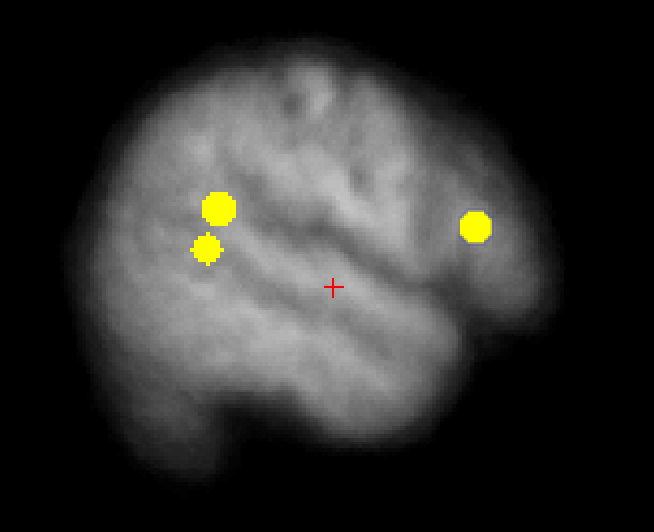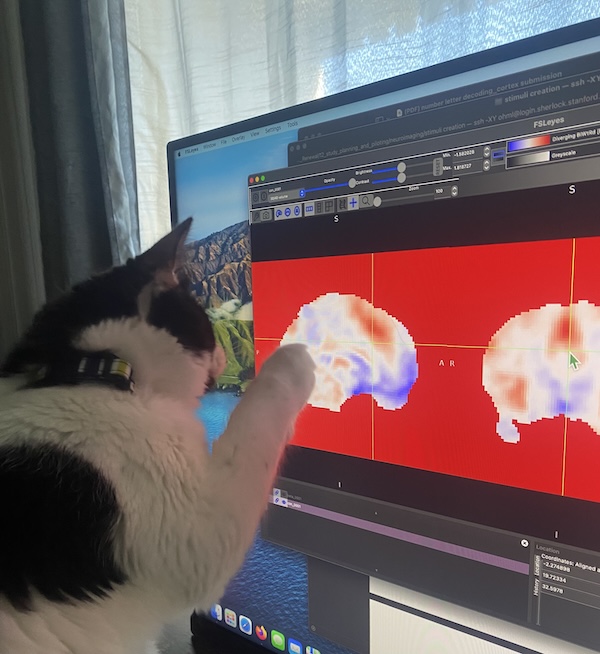Using Genetic Similarity Quantified by Kinship Coefficients to Investigate Familial Contributions to Reading Disorder

The development of effective reading skills lies at the heart of our modern educational systems. At the same time, specific reading disorder (RD, or developmental dyslexia) is one of the most common learning disorders (affecting 5-10% of the population). Children with RD tend to have better outcomes if they are identified early and given appropriate intervention. One of the most promising leads in the creation of a universal screening system for dyslexia is that it is heritable and tends to run in families. However, family history exists on a continuum, and different methods for identifying it may index differing aspects of genetic and environmental contributions. In this project, we aimed to determine how different forms of family history are related to cognitive profiles and cortical morphometry. To what extent can genetic similarity between relatives with RD and at-risk children (the ‘RD kinship index’) predict these outcomes?
Professional activity associated with this project:
- [Preregistration] Lasnick, O.H.M. (2023, August 7). Using Genetic Similarity Quantified by Kinship Coefficients to Investigate Familial Contributions to Reading Disorder. OSF Preregistration: https://doi.org/10.17605/OSF.IO/3H6PT.
This work is funded by the following grant:
Ruth L. Kirschstein National Research Service Award (NRSA) Individual Predoctoral Fellowship (Parent F31), National Institutes of Health (NIH F31HD107944-01A1, PI Lasnick), Using Genetic Similarity Quantified by Kinship Coefficients to Investigate Familial Contributions to Reading Disorder, 2022-2024.
